-
 Bitcoin
Bitcoin $105,501.6525
-0.10% -
 Ethereum
Ethereum $2,529.6713
-1.24% -
 Tether USDt
Tether USDt $1.0004
0.00% -
 XRP
XRP $2.1446
0.26% -
 BNB
BNB $646.1371
-1.12% -
 Solana
Solana $145.2792
-1.37% -
 USDC
USDC $0.9999
0.00% -
 Dogecoin
Dogecoin $0.1777
-0.35% -
 TRON
TRON $0.2714
0.47% -
 Cardano
Cardano $0.6250
-1.99% -
 Hyperliquid
Hyperliquid $40.3145
-3.91% -
 Sui
Sui $2.9634
-2.57% -
 Chainlink
Chainlink $13.2124
-0.74% -
 Bitcoin Cash
Bitcoin Cash $434.5238
-2.23% -
 UNUS SED LEO
UNUS SED LEO $9.1265
1.17% -
 Stellar
Stellar $0.2570
-0.75% -
 Avalanche
Avalanche $18.9874
-1.28% -
 Toncoin
Toncoin $2.9622
-1.53% -
 Shiba Inu
Shiba Inu $0.0...01205
-0.13% -
 Litecoin
Litecoin $85.4847
-0.43% -
 Hedera
Hedera $0.1530
-2.97% -
 Polkadot
Polkadot $3.7881
-0.78% -
 Ethena USDe
Ethena USDe $1.0004
0.00% -
 Monero
Monero $312.2268
1.39% -
 Dai
Dai $1.0000
0.01% -
 Bitget Token
Bitget Token $4.5299
-0.27% -
 Uniswap
Uniswap $7.3753
-2.49% -
 Pepe
Pepe $0.0...01100
-1.54% -
 Pi
Pi $0.6138
5.50% -
 Aave
Aave $275.9702
-4.58%
Should the daily line be held for three consecutive negatives but the weekly line is still in an upward trend?
A cryptocurrency showing three consecutive daily losses but maintaining a weekly uptrend suggests short-term volatility within a long-term bullish trend, offering potential buying opportunities for informed traders.
Jun 14, 2025 at 03:35 pm
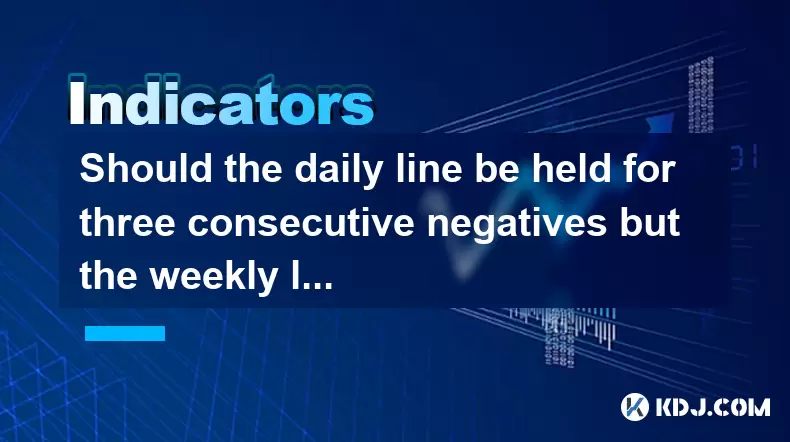
Understanding the Daily and Weekly Line Dynamics
In cryptocurrency trading, analyzing both daily and weekly price charts is essential for making informed decisions. Traders often encounter situations where the daily line shows three consecutive negative candles, yet the weekly line remains in an upward trend. This phenomenon can be confusing, especially for novice traders trying to interpret conflicting signals.
The key lies in understanding that different timeframes reflect different market sentiments. The daily chart reflects short-term volatility, which can be influenced by news events, regulatory changes, or market sentiment shifts. On the other hand, the weekly chart illustrates long-term trends shaped by broader economic factors, adoption rates, and macro-level developments.
Interpreting Three Consecutive Daily Negatives
When a cryptocurrency's daily chart displays three consecutive red (negative) candles, it suggests a short-term bearish momentum. This pattern may trigger concerns about a potential reversal or a deeper correction. However, it's crucial not to jump to conclusions without cross-referencing with higher timeframes like the weekly chart.
A series of daily declines doesn't necessarily indicate a trend reversal. Often, markets experience pullbacks even within strong uptrends. These dips can result from profit-taking, temporary selling pressure, or short-lived negative news. Therefore, before reacting to these daily losses, traders should assess whether the weekly chart still supports a bullish outlook.
Evaluating the Weekly Uptrend
If the weekly chart remains in a clear uptrend despite the daily downturns, this indicates that the long-term fundamentals and market sentiment are still positive. An uptrend on the weekly timeframe typically means higher highs and higher lows over multiple weeks, suggesting sustained buying interest and accumulation.
Key technical indicators such as moving averages (e.g., 50-week and 200-week EMA), Relative Strength Index (RSI), and volume patterns can help confirm the strength of the weekly uptrend. For instance, if the RSI on the weekly chart hasn’t entered overbought territory and volume remains consistent, the uptrend likely has room to continue.
Deciding Whether to Hold
Holding a position during three consecutive daily negatives but a positive weekly trend requires discipline and strategic thinking. Traders must assess their risk tolerance, investment horizon, and portfolio strategy before deciding to hold or sell.
For long-term investors, short-term volatility is often seen as an opportunity rather than a threat. If the underlying project fundamentals remain strong and no major red flags appear, holding through the dip might be the best course of action. Conversely, traders with a lower risk appetite may choose to reduce exposure temporarily while keeping the core position intact.
Technical analysis tools such as support levels, trendline breaks, and Fibonacci retracement levels can provide additional clarity. For example, if the price is still above a critical support level on the daily chart and the weekly trendline remains intact, it reinforces the case for holding.
Practical Steps for Managing This Scenario
To navigate this situation effectively, follow these practical steps:
- Review the weekly chart first: Confirm that the overall trend is still bullish by identifying higher highs and higher lows.
- Analyze volume patterns: Ensure that declining days haven’t been accompanied by unusually high volume, which could signal panic selling.
- Check for fundamental updates: Look for any recent news, partnerships, or regulatory developments that could affect the asset’s long-term value.
- Set stop-loss levels carefully: Place stop-loss orders below key support levels to protect against significant downside while allowing for normal market fluctuations.
- Monitor on-chain metrics: Tools like Glassnode or CryptoQuant can provide insights into large holder behavior, exchange inflows/outflows, and network activity.
By combining these strategies, traders can make more informed decisions and avoid emotional reactions to short-term volatility.
Frequently Asked Questions
Q: Can a cryptocurrency recover after three consecutive daily losses?
Yes, many cryptocurrencies have historically recovered after short-term corrections. As long as the weekly trend remains positive and there are no fundamental issues, the likelihood of recovery increases.
Q: Should I buy more if the weekly trend is up but the daily is down?
This depends on your investment strategy and risk profile. Dollar-cost averaging (DCA) into a strong weekly uptrend during dips can be effective, but always ensure you're not overexposed.
Q: How do I know if the weekly uptrend is weakening?
Look for signs such as broken trendlines, bearish candlestick patterns on the weekly chart, increasing volume on down days, or divergences in oscillators like MACD or RSI.
Q: What tools can help analyze daily and weekly trends simultaneously?
Trading platforms like TradingView, CoinMarketCap, and Binance Analytics offer multi-timeframe analysis tools. You can also use dashboards like CryptoSlate or Messari for macro-level insights.
Disclaimer:info@kdj.com
The information provided is not trading advice. kdj.com does not assume any responsibility for any investments made based on the information provided in this article. Cryptocurrencies are highly volatile and it is highly recommended that you invest with caution after thorough research!
If you believe that the content used on this website infringes your copyright, please contact us immediately (info@kdj.com) and we will delete it promptly.
- Coinbase (COIN) filed a brief in the U.S. Supreme Court case involving an Internal Revenue Service request for data
- 2025-06-15 09:25:11
- The race to launch altcoin and meme coin spot ETFs is heating up, with a mind-blowing 72 filings so far, including ones for dogecoin, XRP, and $TRUMP. However, not all of these have an equal chance of approval.
- 2025-06-15 09:25:11
- Uniswap (UNI) Draws Market Attention After Moving 9M Tokens to Coinbase Prime
- 2025-06-15 09:20:12
- Floki (FLOKI/USD) Up 7% in the Past 24 Hours as Bullish Momentum and New Utility Drive Price Action
- 2025-06-15 09:20:12
- PayPal Just Joined a Not-So-Exclusive Club — It Is the Latest Cryptocurrency Issuer to Escape Scrutiny by the US Securities and Exchange Commission
- 2025-06-15 09:15:13
- Floki FLOKI/USD is up 7% in the past 24 hours and 23% over the past 30 days, showing notable relative strength
- 2025-06-15 09:15:13
Related knowledge
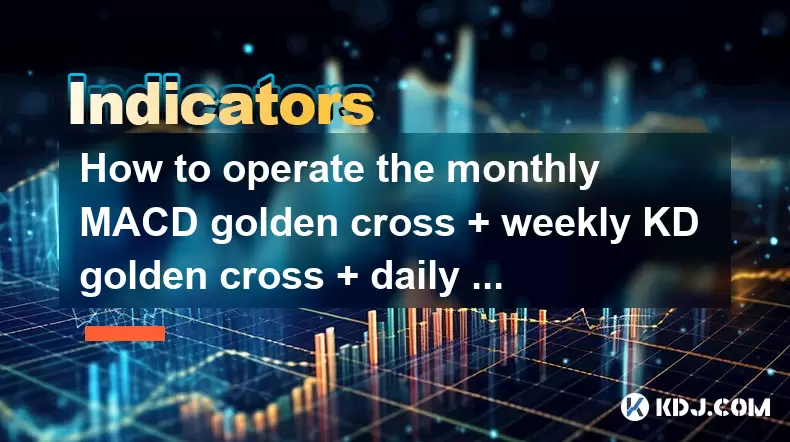
How to operate the monthly MACD golden cross + weekly KD golden cross + daily volume breakthrough?
Jun 15,2025 at 05:36am
Understanding the Strategy: Monthly MACD Golden CrossTo effectively operate the monthly MACD golden cross, traders must first understand what this signal entails. The MACD (Moving Average Convergence Divergence) golden cross occurs when the MACD line crosses above the signal line on a given chart timeframe. When this happens on the monthly chart, it sug...
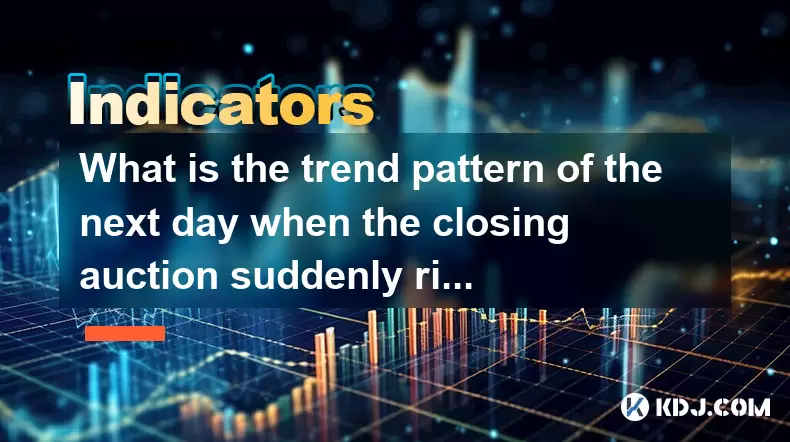
What is the trend pattern of the next day when the closing auction suddenly rises?
Jun 15,2025 at 08:15am
Understanding Closing Auctions in Cryptocurrency MarketsIn the context of cryptocurrency trading, a closing auction refers to a mechanism used by exchanges to determine the closing price of an asset at the end of a trading session. This process typically occurs within a short time window before the market closes for the day and aims to provide a fair an...
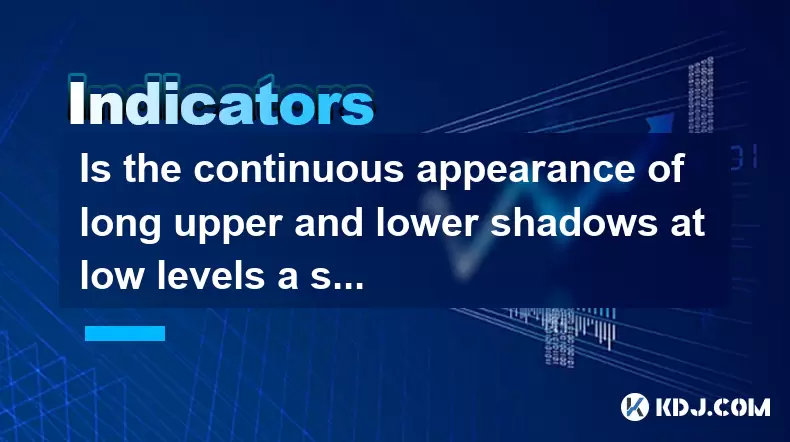
Is the continuous appearance of long upper and lower shadows at low levels a signal of accumulation?
Jun 15,2025 at 01:43am
Understanding Long Upper and Lower Shadows in Candlestick ChartsIn the world of cryptocurrency trading, candlestick patterns are widely used to analyze price movements. A long upper shadow, also known as a wick or tail, indicates that the price rose significantly during the period but was pushed back down by selling pressure. Conversely, a long lower sh...
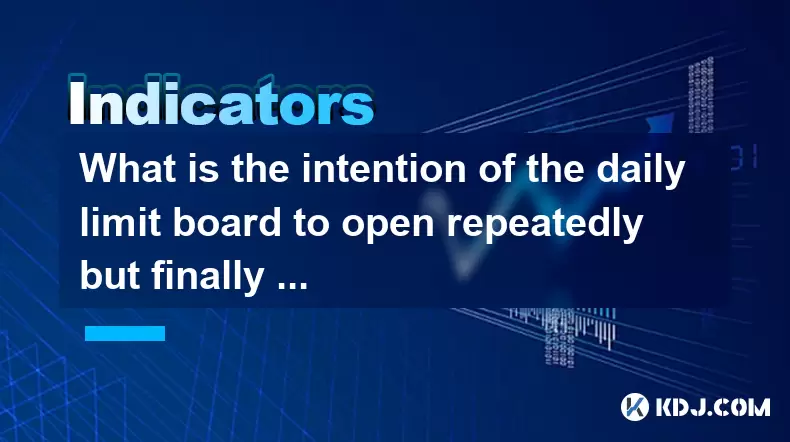
What is the intention of the daily limit board to open repeatedly but finally close?
Jun 15,2025 at 01:08am
Understanding the Daily Limit Board in Cryptocurrency TradingIn cryptocurrency trading, a daily limit board refers to a price movement restriction mechanism applied by certain exchanges or regulatory bodies. This mechanism is primarily used to prevent extreme volatility and panic selling or buying during periods of intense market fluctuation. When an as...

How to calculate the probability of trend continuation after the MACD column divergence?
Jun 14,2025 at 08:01am
Understanding MACD Column DivergenceThe Moving Average Convergence Divergence (MACD) is a widely used technical indicator in cryptocurrency trading. The MACD column, also known as the histogram, represents the difference between the MACD line and the signal line. When price makes a new high or low but the MACD histogram does not confirm this movement, a...
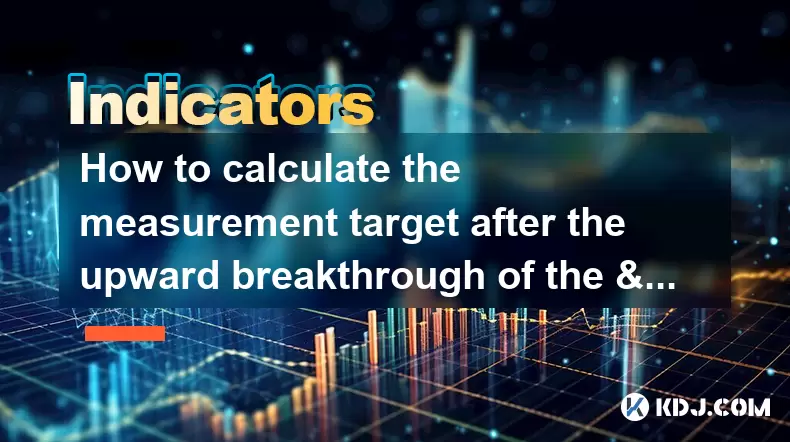
How to calculate the measurement target after the upward breakthrough of the "descending wedge"?
Jun 15,2025 at 05:00am
Understanding the Descending Wedge PatternA descending wedge is a technical analysis pattern typically found in price charts of cryptocurrencies. It is characterized by two converging trendlines: one drawn along a series of lower highs (resistance) and another connecting a series of higher lows (support). This pattern usually indicates a potential bulli...

How to operate the monthly MACD golden cross + weekly KD golden cross + daily volume breakthrough?
Jun 15,2025 at 05:36am
Understanding the Strategy: Monthly MACD Golden CrossTo effectively operate the monthly MACD golden cross, traders must first understand what this signal entails. The MACD (Moving Average Convergence Divergence) golden cross occurs when the MACD line crosses above the signal line on a given chart timeframe. When this happens on the monthly chart, it sug...

What is the trend pattern of the next day when the closing auction suddenly rises?
Jun 15,2025 at 08:15am
Understanding Closing Auctions in Cryptocurrency MarketsIn the context of cryptocurrency trading, a closing auction refers to a mechanism used by exchanges to determine the closing price of an asset at the end of a trading session. This process typically occurs within a short time window before the market closes for the day and aims to provide a fair an...

Is the continuous appearance of long upper and lower shadows at low levels a signal of accumulation?
Jun 15,2025 at 01:43am
Understanding Long Upper and Lower Shadows in Candlestick ChartsIn the world of cryptocurrency trading, candlestick patterns are widely used to analyze price movements. A long upper shadow, also known as a wick or tail, indicates that the price rose significantly during the period but was pushed back down by selling pressure. Conversely, a long lower sh...

What is the intention of the daily limit board to open repeatedly but finally close?
Jun 15,2025 at 01:08am
Understanding the Daily Limit Board in Cryptocurrency TradingIn cryptocurrency trading, a daily limit board refers to a price movement restriction mechanism applied by certain exchanges or regulatory bodies. This mechanism is primarily used to prevent extreme volatility and panic selling or buying during periods of intense market fluctuation. When an as...

How to calculate the probability of trend continuation after the MACD column divergence?
Jun 14,2025 at 08:01am
Understanding MACD Column DivergenceThe Moving Average Convergence Divergence (MACD) is a widely used technical indicator in cryptocurrency trading. The MACD column, also known as the histogram, represents the difference between the MACD line and the signal line. When price makes a new high or low but the MACD histogram does not confirm this movement, a...

How to calculate the measurement target after the upward breakthrough of the "descending wedge"?
Jun 15,2025 at 05:00am
Understanding the Descending Wedge PatternA descending wedge is a technical analysis pattern typically found in price charts of cryptocurrencies. It is characterized by two converging trendlines: one drawn along a series of lower highs (resistance) and another connecting a series of higher lows (support). This pattern usually indicates a potential bulli...
See all articles

























































































